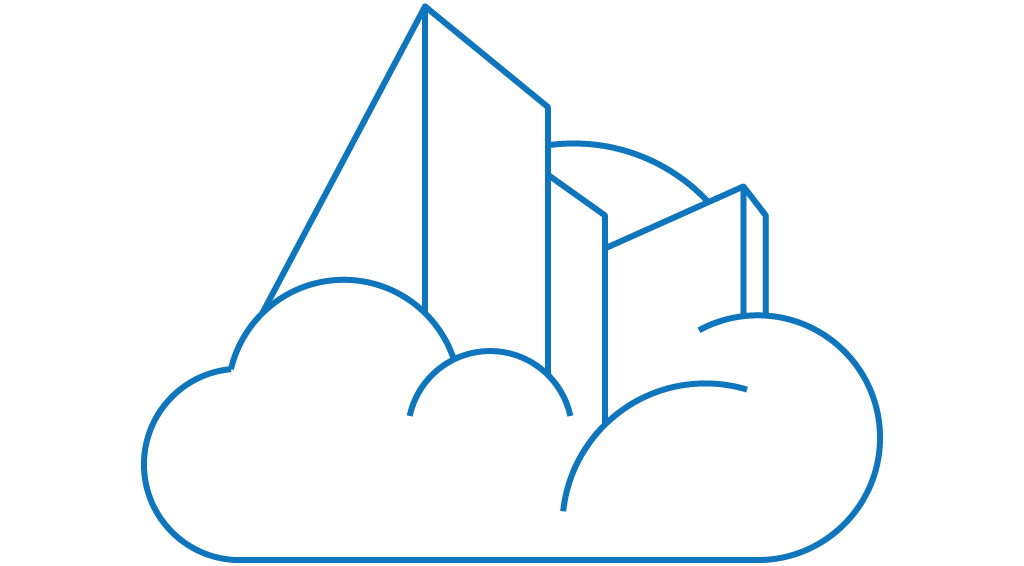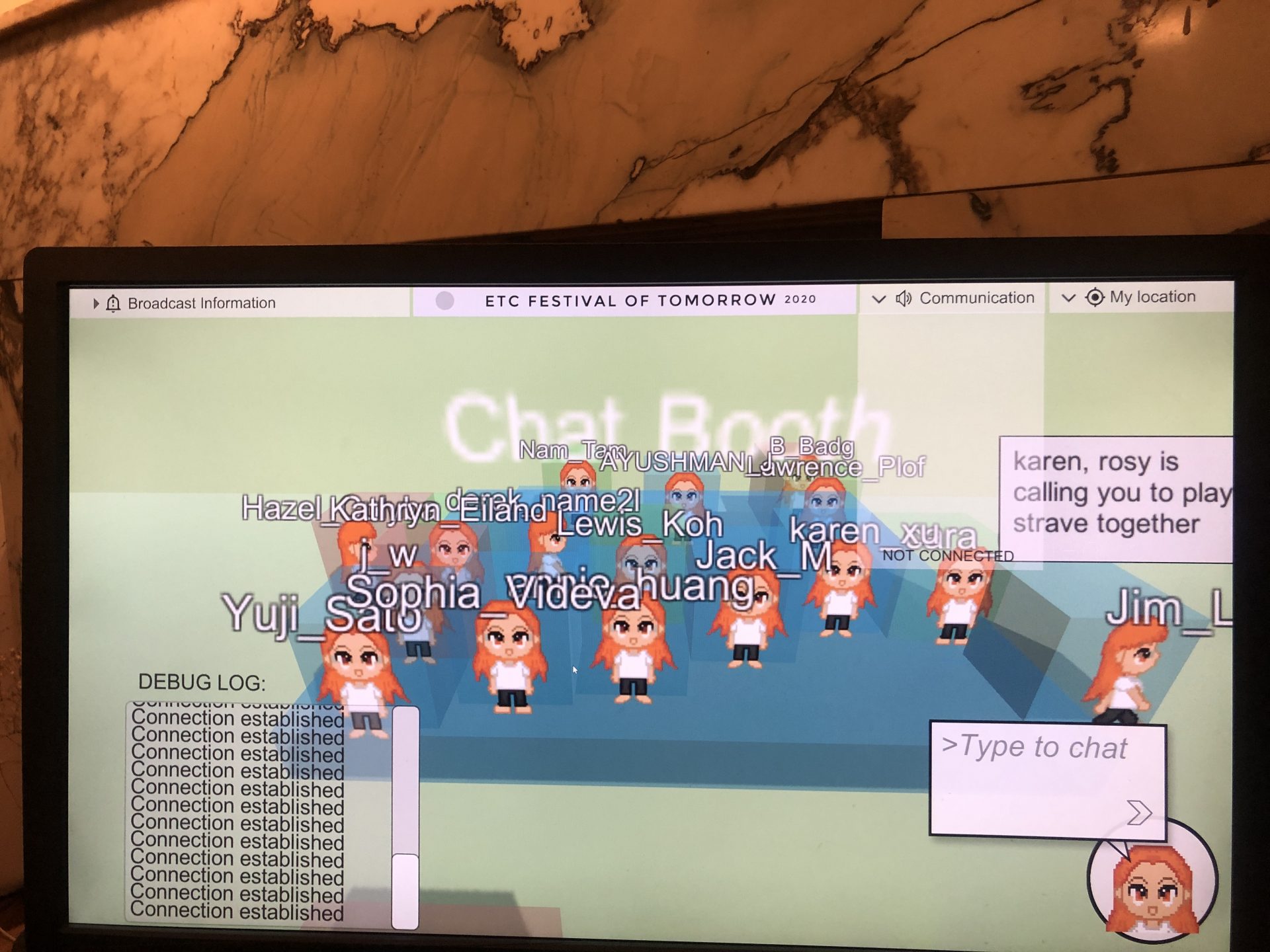
Week 5: Playtesting
At the start of this week we had two meetings with Drew and with Sarah Tan from Rec Room. Our meeting with Drew was to further discuss the possibility of setting up a committee to approve things for festival, namely our schedule and theme firstly. After talking with him we’ve set a triangle of communication between our team, our advisors, Shirley and Dave, and Drew. We’ll reach out to them to get approval on things just to make sure that the decisions we make about festival are feasible moving forward. Other specifically interested parties, like Steve, Jon, and Bryan, or Jon and Ralph can be looped into the approval process as needed.
We also spoke with Sarah about her experience with Rec Room and she gave us feedback about our direction. Because we are focusing on a 2D-based space, we should have an easier time transferring data, than with VR. She also gave us a bunch of advice about how to simplify interactions by relying on things that people can expect from the real-world. The example that she gave was around making friends in Rec Room, and shaking their hand or high-fiving. We’ll be using this to help inform our environment and navigation design. We want to keep things as simple and straight-forward for guests as possible because we are expecting to see grandparents and little siblings alike in this world, so we need to hit a broad user base.
Theming!
From an event planning perspective, we got our overall theme for the festival that we’re excited to announce: The ETC Festival of Tomorrow!
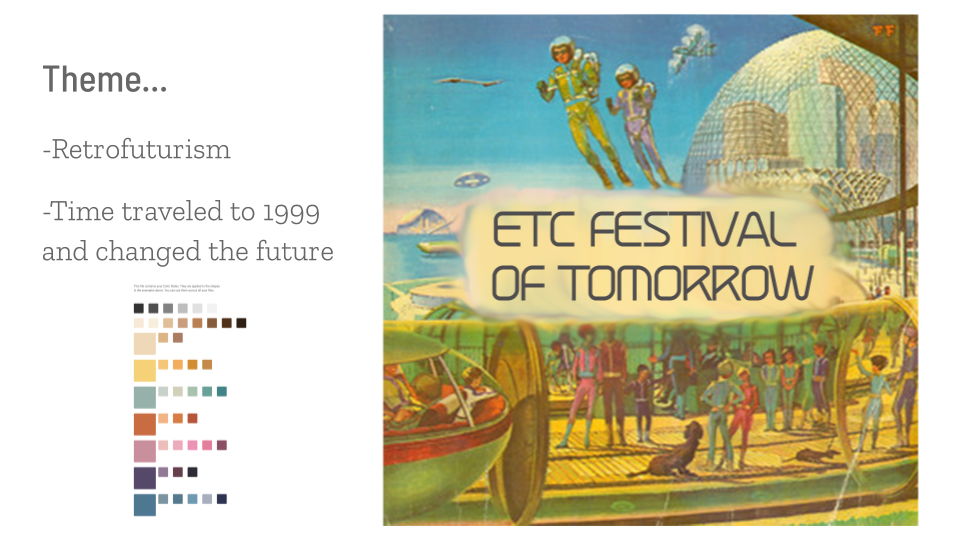
We’ve been inspired by retro-futurism for this theme. The story goes that with everything that has happened in 2020, we’ve decided to abandon ship and travel back in time to the start of the ETC. By changing the past, we changed our present to this new festival world.
Looking forward, this theme can be used for the poster that the first-year students will create in a competition in BVW, like every year.
Avatar System UI
For the virtual festival itself, Annie has been working on developing the UI for onboarding guests and designing their avatar. To onboard, an opening animation will play to introduce them to the space and ask for their name and invitation code. This code will be unique to each guest for security purposes.
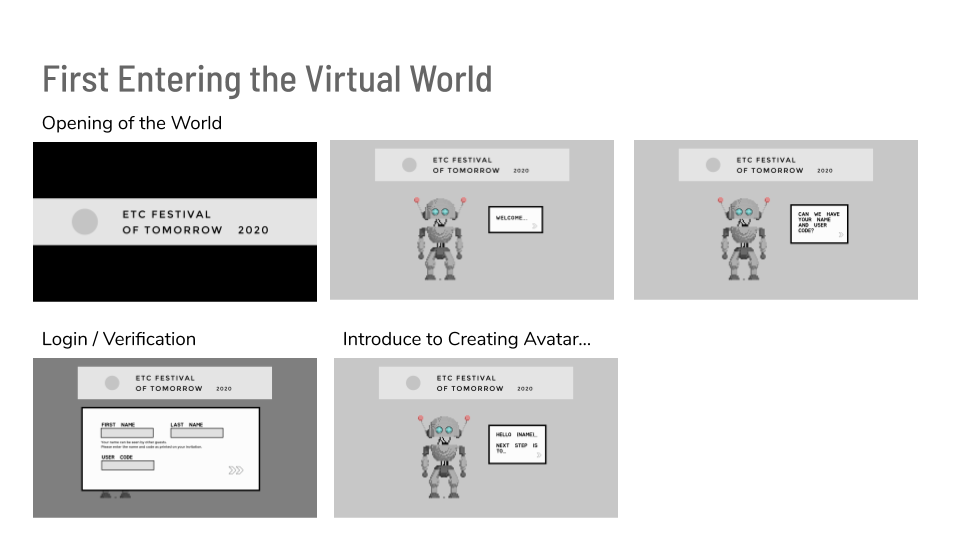
The avatar system has gone through a series of iterations focused on simplicity and ease of use. Guests will be able to swap out heads, shirts, and pants, alter skin tone, and change clothing color. There will also be an ability to randomize your appearance using the dice button in the right corner.
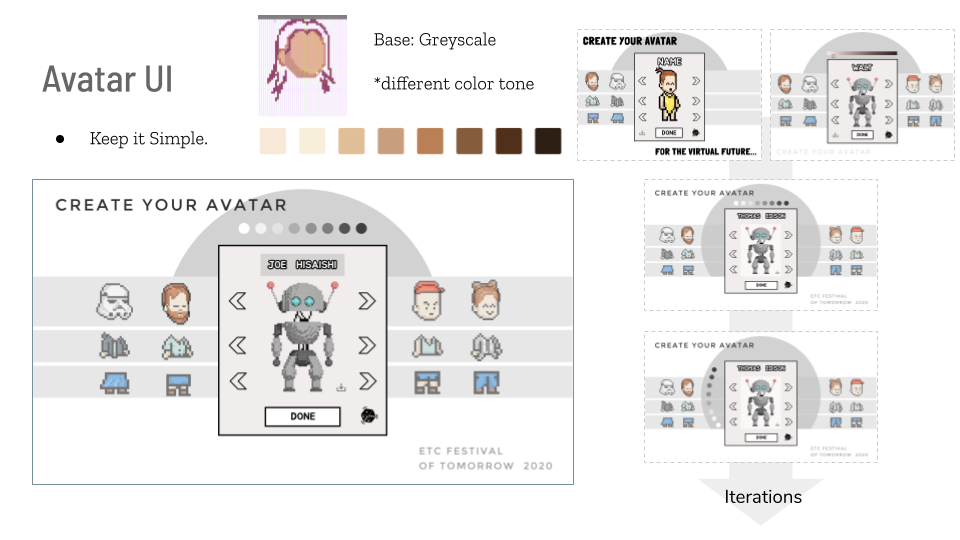
Communication UI
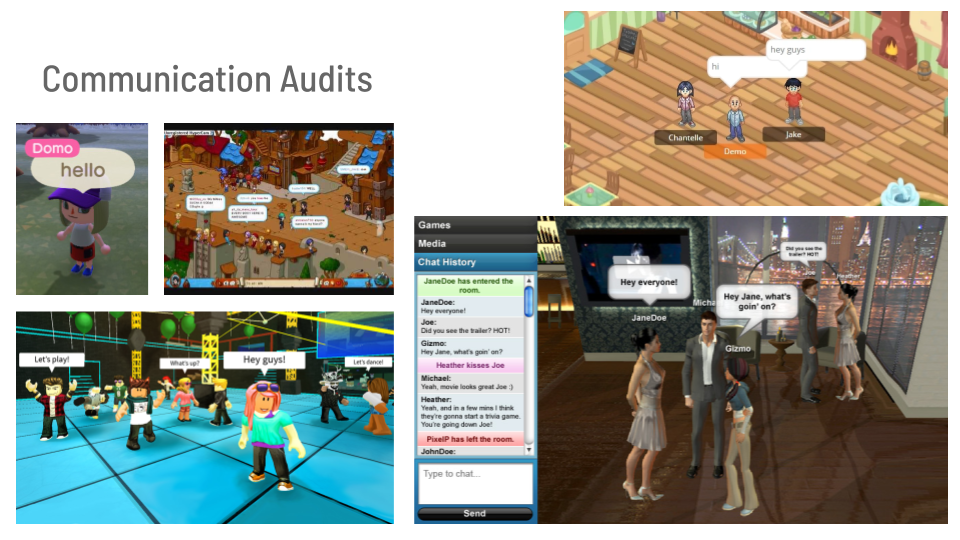
We’ve been doing audits of existing communication techniques in other similar worlds like Second Life, Rec Room, and Animal Crossing, to consider how best to tackle this beast. Currently when you enter text chats, the bubble will appear directly overhead for a number of seconds until disappearing. We want to ensure that these messages are not covering the screen at all. (see from below, is one of our earliest prototype design.)
Navigation UI
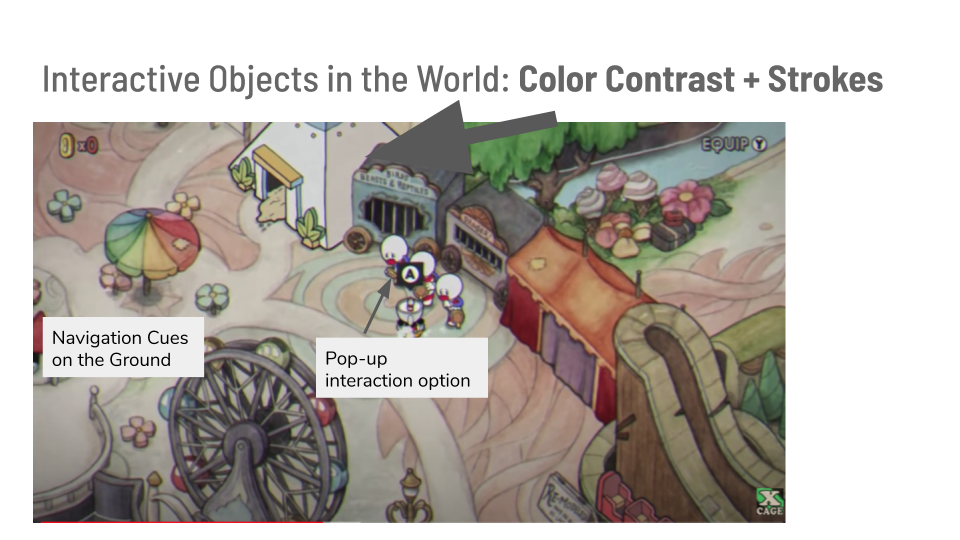
For navigating around the space, we are planning to use strokes on the ground to lay paths from place to place. As the guest approaches an interactable object, like a door, a pop-up will appear with the button required to interact with it. This button will likely stay consistent through the whole experience for simplicity.
Tech Requirements
On the tech side of things, Jim and Alan have been focused on getting streaming functional in the build and increasing the stability of WebGL. We are still hoping to have the project play in a browser to increase the breadth of access for people. We are also moving development to uMMORPG instead of Photon servers, as were used in our initial prototypes. uMMORPG should be able to support more guests simultaneously for us.
It’s also important for our experience that guests are able to download project builds from within our experience, especially for BVW. Projects will be a little different with considerations for what each project’s deliverable is, but BVW at festival needs to be all about experiencing the worlds. We’re working on getting this functionality into the project as well.
Because the festival will need to be accessed from a central website, we talked with Steve and got a domain set up here: festival.etc.cmu.edu. We’ll be updating this as we go, but for how we will be using it to test our onboarding process in later playtests.
Playtesting for Social Communication
Despite all this being said, our big event for this week was our playtest on Friday that we were really excited about. We wanted to test our text and voice chat features outside of our group. We got 15 testers to join us synchronously, with the six of us as well. Although small in eventual scale, the stability of 21 simultaneous users was promising.
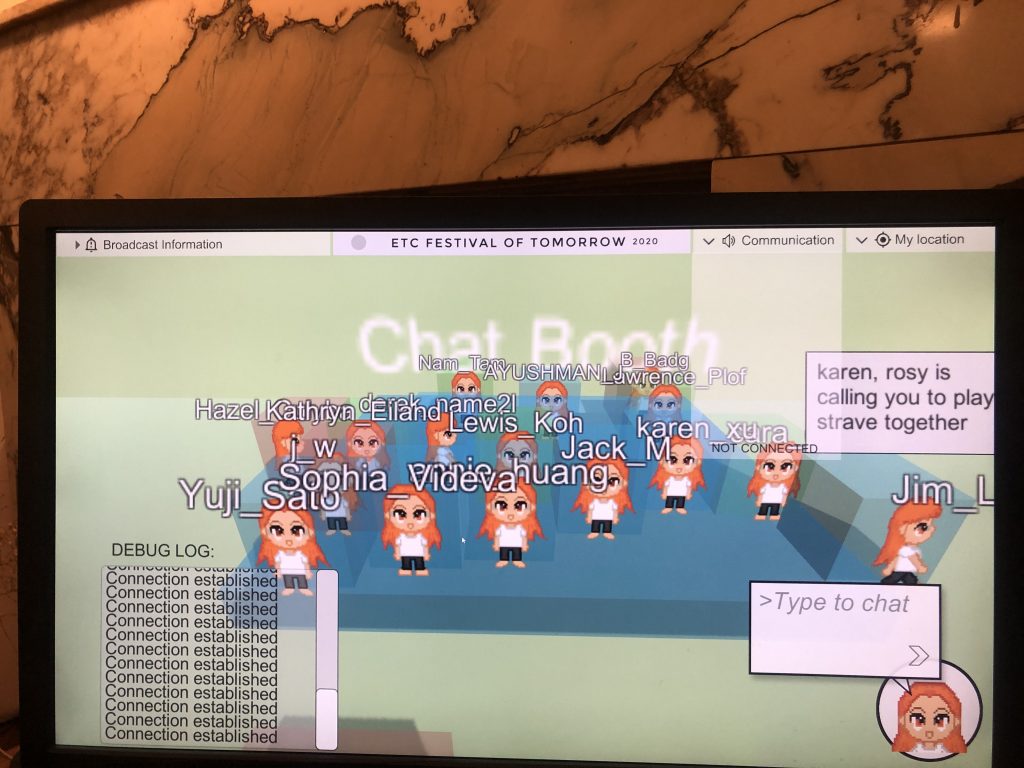
Generally from the playtests, we found that people preferred speaking to one another over text chat, but as the size of the group increased the likelihood of preferring text chat also increased. This is likely due to the fact that people were talking over one another and the text chat allowed people to contribute to conversations without interrupting.
The other thing that popped up from this playtest was that because collisions have to be on when entering the voice chat space, guests were able to push one another in or out of the voice chat area, cause them to be connected or worse, disconnected to the call. This resulted in people missing parts of conversations. We’re now looking into how we can add a buffer to the voice chat areas that will fade out the audio or ask if you want to leave to combat this. We would like to turn off the colliders, but they are required to detect who is in what spaces. We are also planning to place differently sized chat rooms around the space to accommodate different types of conversations between people.
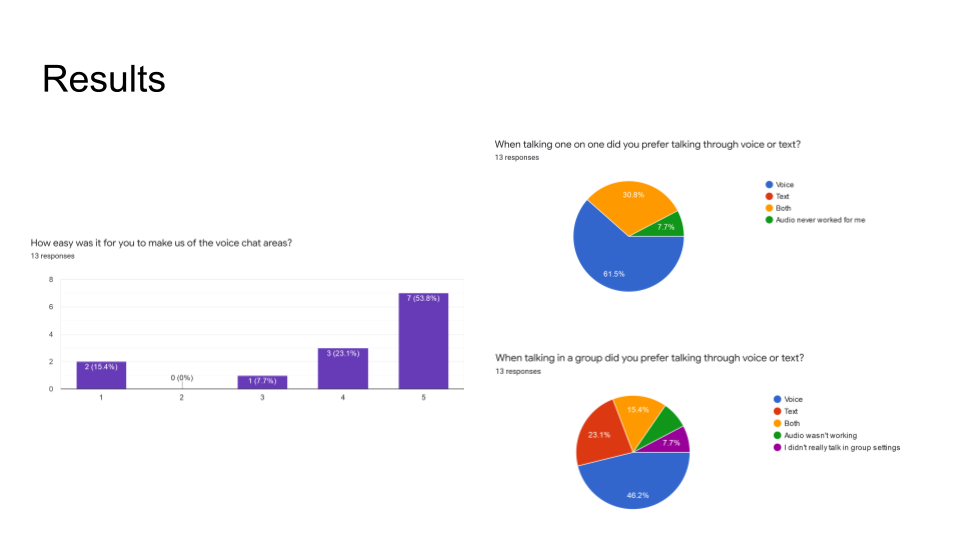
What’s Next?
Moving forward, we’re kicking off the event planning and execution of the whole event. And some decisions must be made to help anchor our design and overall event planning.
